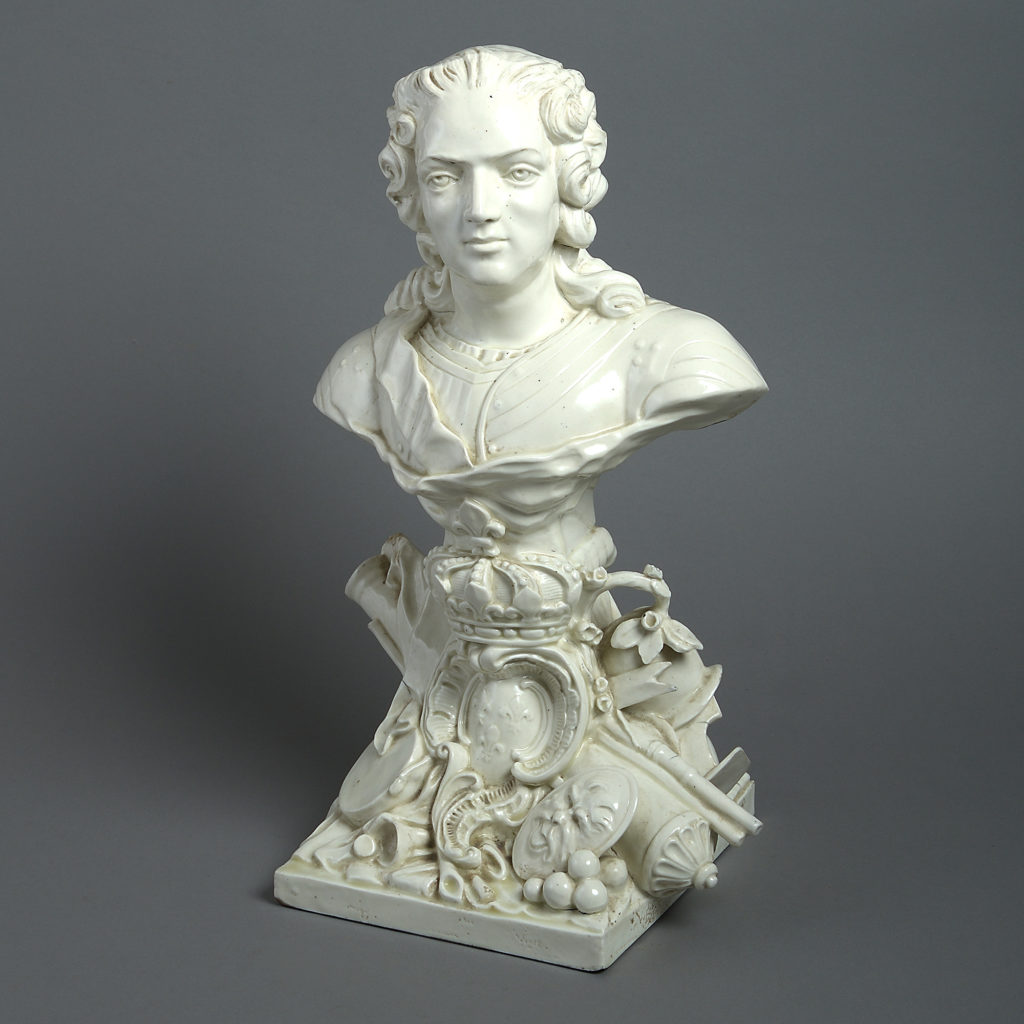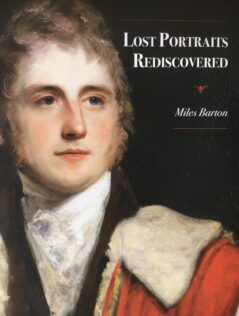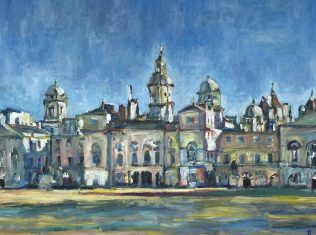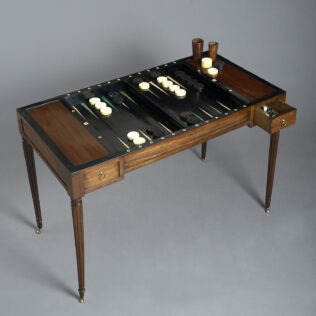Objects
Louis XV and the birth of Rococo featuring a Bust of Louis XV
“Listen to the people, Seek advice from your council, but decide alone.”
Instructions to Louis XV from Louis XIV, The Sun King
We have recently acquired a Bust of Louis XV. When Louis XV lay dying from smallpox in 1774, France was in turmoil. Having been regarded as Louis the Beloved in his youth, his succession of military failures, political ennui, and lavish spending now rendered him Louis the Unloved. He had survived an assassination attempt, lost most of France’s colonies to the British, damaged foreign relations, driven the country towards financial ruin and is credited with responsibility for the path to French Revolution.
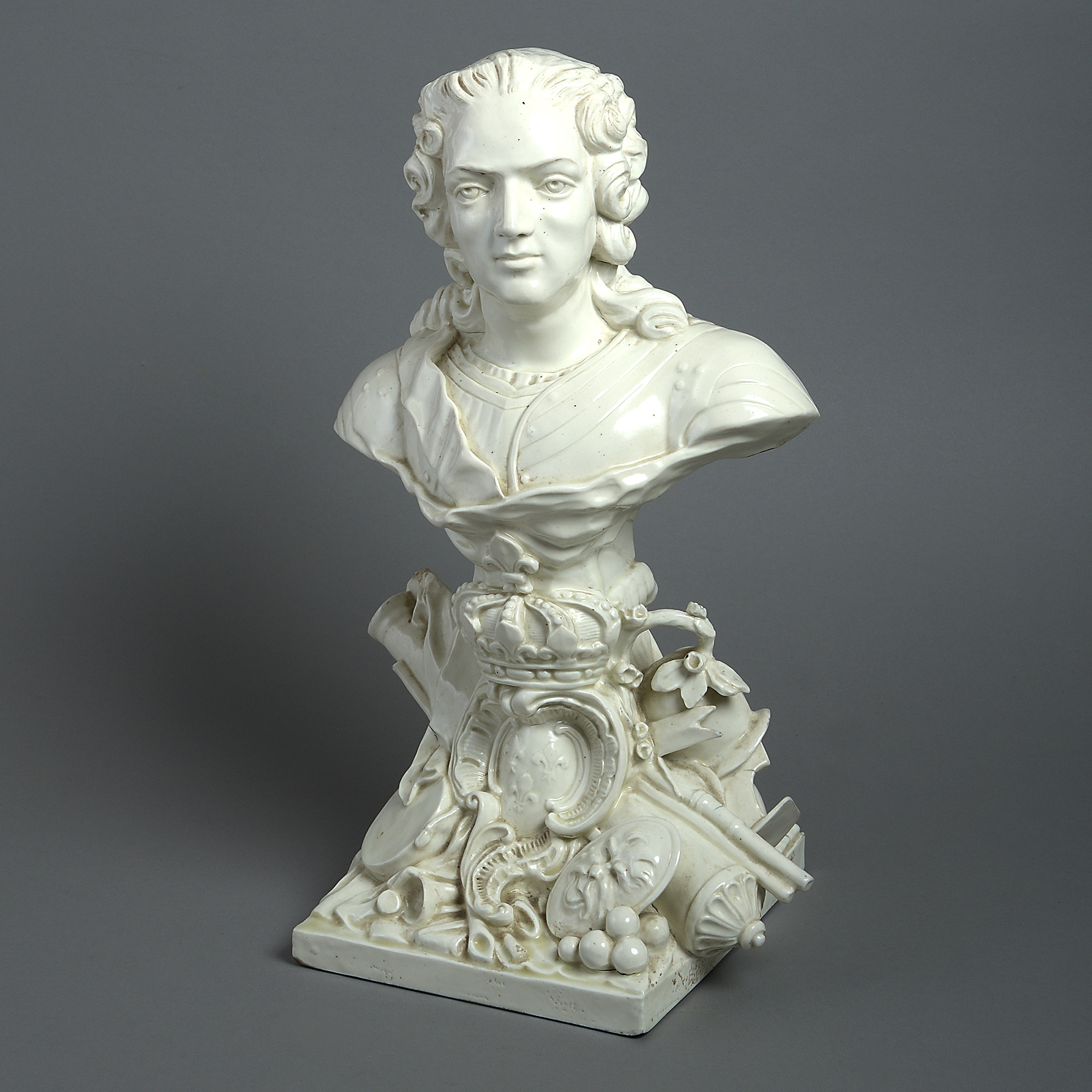
But despite his demise, he had – in almost sixty years of reign – achieved something which would have a lasting influence: the birth of the rococo. His aptitude for spending vesting quantities of money resulted in some of the greatest commissions of the era in cabinet making, painting and sculpture. Their decorative splendor are indicative of the rise of the nobility, completely void of any indication of the political and military failings at the time.
This new decorative form, known either as Louis Quinze or the Rococo, was linear with shell and flower motifs, often in minute detail. Furniture adopted asymmetrical elegance with use of cabriole legs and scroll feet and there was more emphasis on comfort and practicality, albeit highly decorative. As Parisian guilds, at this time, were required either to sign or stamp their work between 1743 and 1790 the surviving pieces from this era provide a fascinating study for furniture historians and collectors.

Madame du Pompadour, mistress and confidant to Louis XV, had a profound effect on Louis’s promotion of decorative arts. Portraits of her often depict her beautifully decorated furniture and porcelain – for which she maintained a particular love – and she managed to convince Louis to financially back the porcelain factory Vincennes, personally commissioning enough oil scented, porcelain flowers to fill an entire garden. She accumulated a vast collection of furniture, paintings and sculptures .
Amongst the greatest examples of Rococo splendor is the sculpture that emerged from the period. The themes of love and nature were captured in the soft lines of sculpture not only in marble but also in delicate porcelain by sculptors such as
Étienne Maurice Falconet who was a director at the Vincennes factory.
Returning to our recent acquisition, it is extremely rare, early nineteenth century creamware bust of Louis XV into the gallery. Created at a time when the monarchy was still unpopular, it is most unusual to find a sculpture of Louis XV from this period. He is depicted as a young man, dressed in armour, surrounded by canon and trophies of war, presented as the conquering hero. Made from tin glazed pottery, it has a soft, cream coloured surface in imitation of Chinese porcelain. Although created approximately forty years after the death of Louis XV it absolutely embraces the spirit of the rococo.
It is, perhaps, an ironic juxtaposition of rococo and the military hero that we see here, almost the suggestion of a fanciful reminiscence of Louis XV as the glorious warrior. It bears no resemblance to the truth that this was the King who single handedly set the ball in motion for revolution. It does, however, present him as the rococo victor, responsible for a decorative movement which had an overwhelming effect on art, furniture history and design which is prevalent even in the twenty-first century.

